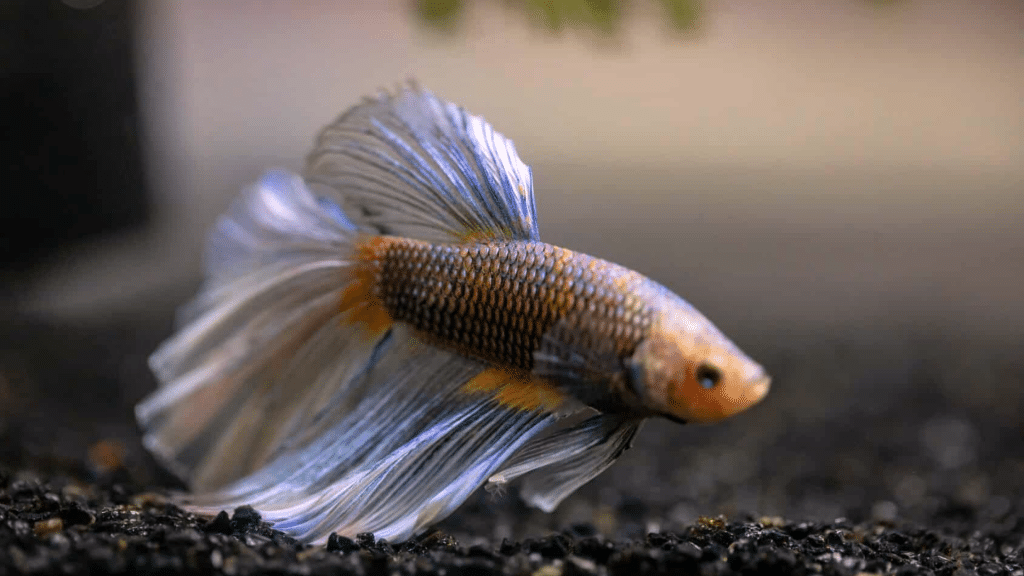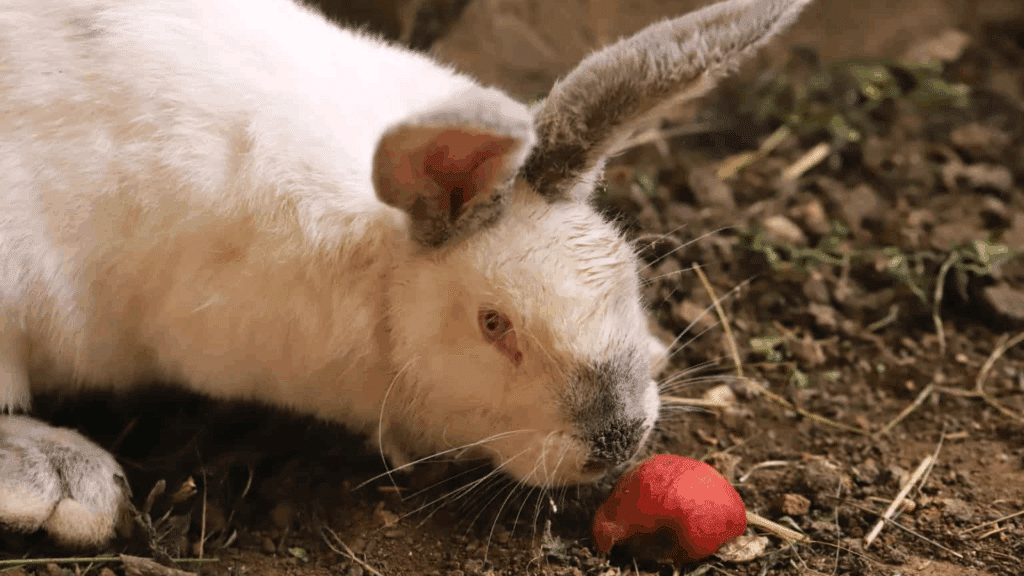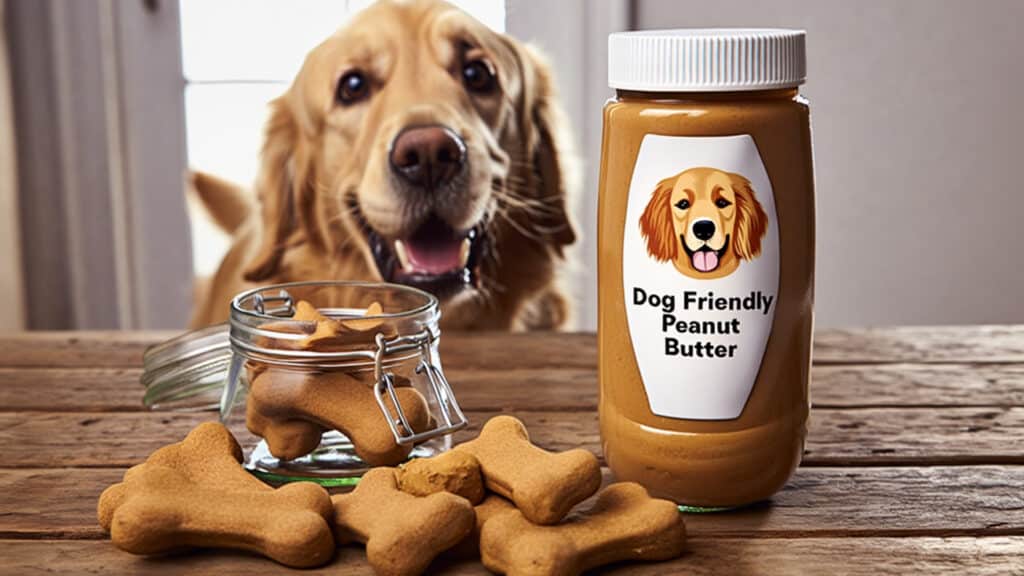Feeding a betta fish seems simple, but many new owners aren’t sure how much or how often to feed.
Too much food can cloud the water and harm your betta’s health, while too little leaves it weak and stressed. Finding the right balance keeps your fish active, colorful, and living longer.
This guide covers:
- How often to feed your betta each day
- How much food is enough
- The best feeding schedule and types of food
Each section is meant to help you care for your betta the right way, without the guesswork.
If you’re new to fishkeeping or just want to fine-tune your routine, this simple guide will show you how small changes in feeding can make a big difference in your betta’s health and happiness.
How Often Should You Feed a Betta Fish Each Day?
I’ve found that feeding bettas once or twice a day works best for keeping them healthy and satisfied.
These fish have very small stomachs, about the size of their eye, so I always keep meals light, just what they can finish in about two minutes.
Feeding too much at once can cause bloating and dirty water, so it’s better to give smaller portions more consistently.
If your betta is young or active, feeding twice a day supports steady growth and energy. For older or less active fish, once a day is usually enough. I also adjust feeding based on water temperature.
In cooler tanks, I feed less since bettas eat slowly, while in warmer water, their metabolism speeds up, and they may need a little extra.
The key is consistency, feed at the same time daily, and watch how your betta responds.
Over time, you’ll learn its habits and find the feeding routine that keeps it happy, healthy, and full of life.
How Much Food to Feed a Betta Fish?
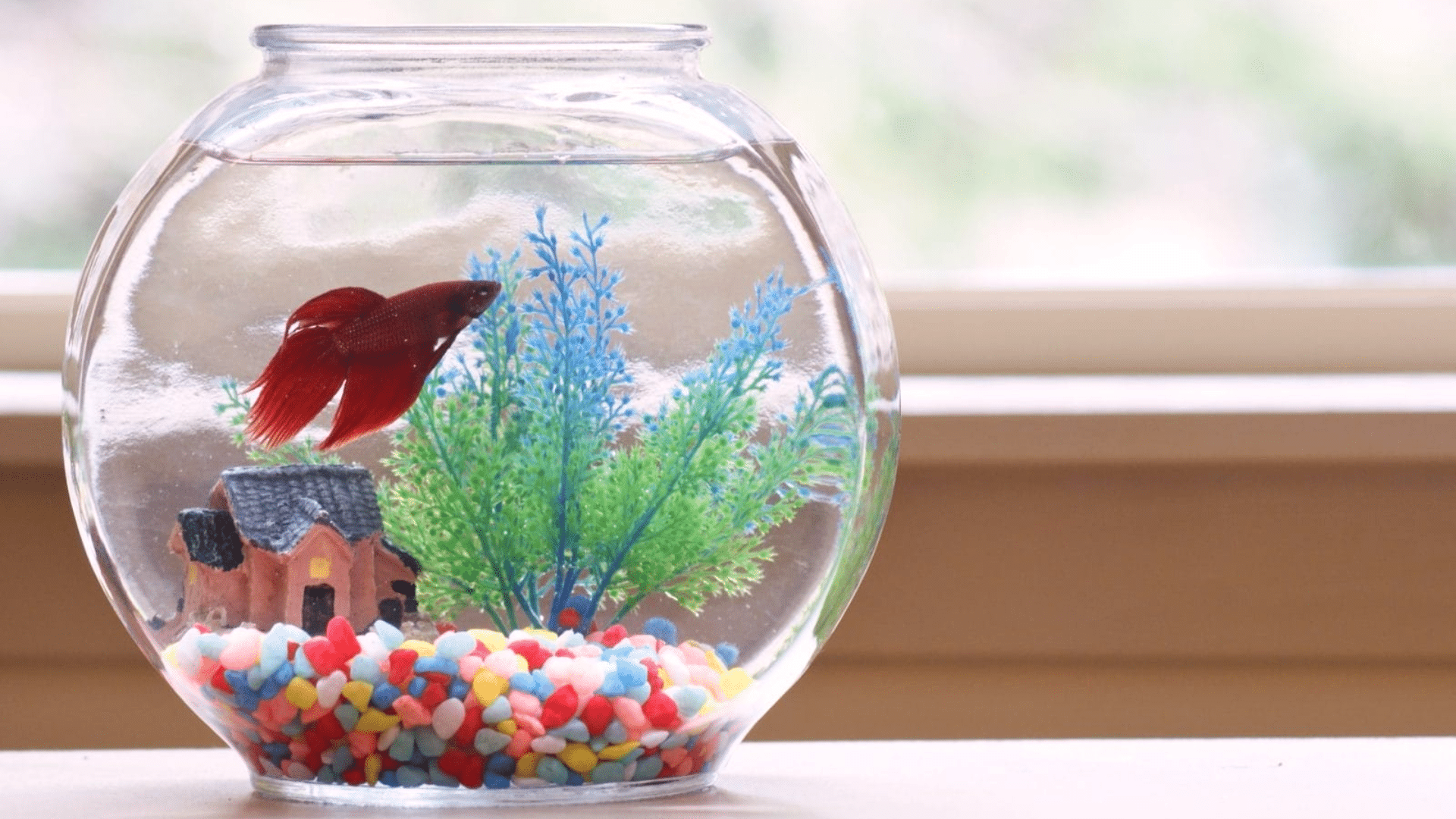
I usually feed my betta 2–3 pellets per meal, just enough for what it can eat in two minutes. A betta’s stomach is about the size of its eye, so even a small amount is plenty.
If you use flakes or frozen food, offer a tiny pinch or one small piece at a time.
Watch closely; if food stays on the surface, it’s too much. Uneaten food can rot, dirty the water, and make your betta sick.
I prefer to feed small portions first and add more only if needed.
This keeps waste low and your tank clean. By keeping meals light and consistent, you’ll help your betta stay active, bright, and healthy.
Feeding the right amount each time is one of the easiest ways to give your fish a longer, happier life.
What Happens If You Overfeed Your Betta?
Overfeeding a betta may seem harmless, but it can cause serious health problems. I’ve seen how quickly too much food can affect their body and tank.
When you overfeed, your betta eats more than it can digest, and that leads to trouble. This is what can happen:
- Bloating: The stomach swells and makes it hard for your betta to swim normally.
- Constipation: Too much dry food clogs their system and causes stress.
- Dirty water: Extra food sinks and rots, creating ammonia that harms your fish.
- Shorter lifespan: Long-term overfeeding weakens the organs and lowers immunity.
- Cloudy tank: Waste buildup makes the water unsafe and harder to maintain.
Feeding less but regularly keeps your betta strong, active, and living longer.
Signs You’re Feeding Your Betta Too Little
Feeding too little can harm your betta just as much as giving too much. I’ve learned that when a betta doesn’t get enough food, it starts to show small but clear signs.
These signs are easy to overlook at first, but they tell you something’s off with its feeding routine or health.
- Weight loss: The body looks thinner, and the belly may appear slightly sunken.
- Sluggish movement: Your betta might rest near the bottom and lose interest in swimming.
- Faded colors: Bright, rich shades turn dull when nutrition drops.
- Lack of appetite: Sometimes, bettas stop eating because they’re weak or stressed.
- Clamped fins: Fins held tightly to the body can signal poor energy or discomfort.
If your betta shows these signs even with regular feeding, it could point to illness, poor water quality, or stress, not just hunger.
I always check water conditions and watch behavior closely before changing how much I feed.
What to Feed Your Betta for Proper Nutrition?
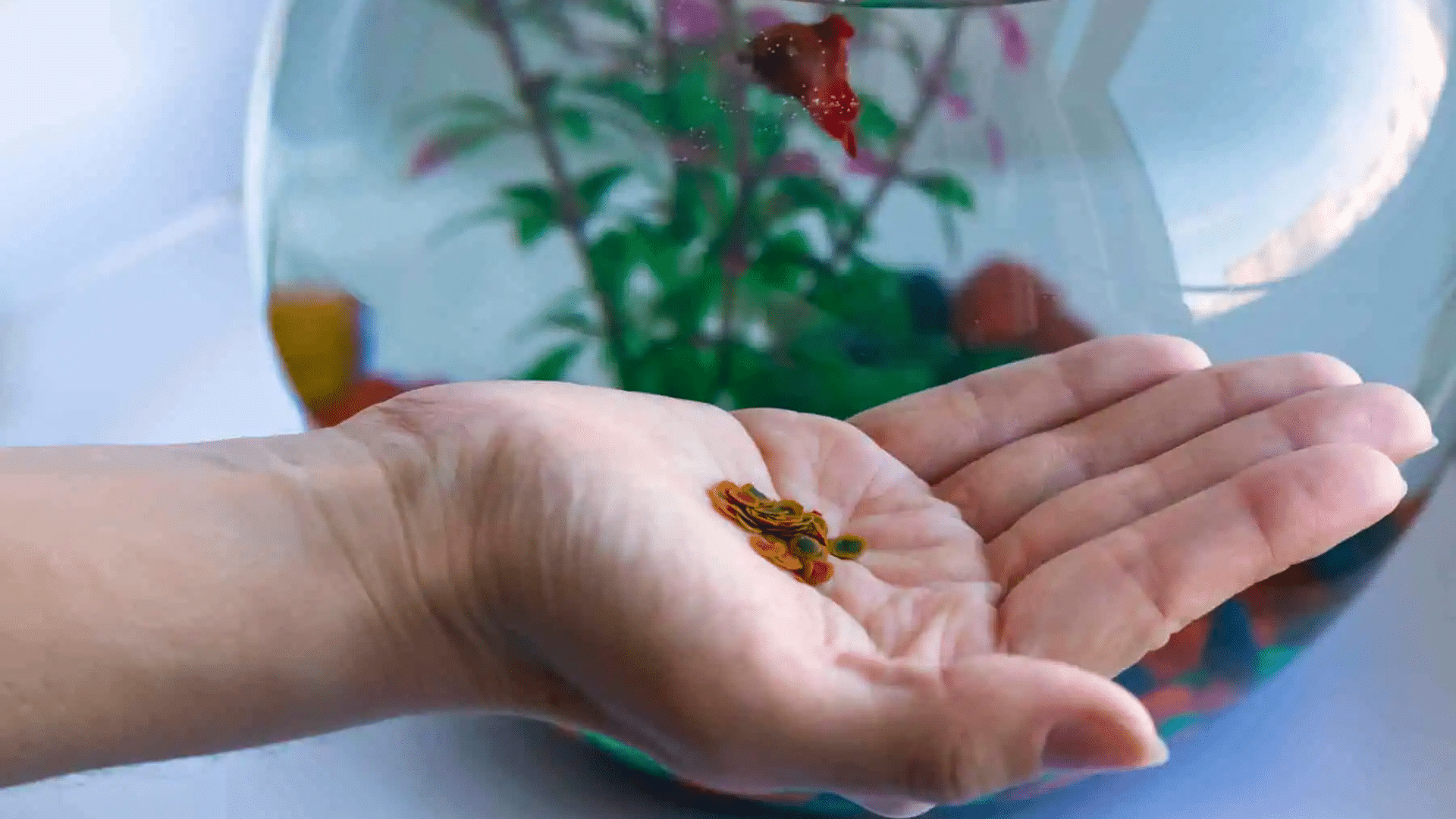
When it comes to feeding, I always stick to high-quality betta pellets as the main diet. They’re made to meet your betta’s nutritional needs and are easy to portion.
I make sure the first ingredient is whole fish or protein, not fillers like wheat or soy.
To keep things interesting and balanced, I add variety a few times a week. Live or frozen foods like brine shrimp, daphnia, or bloodworms give your betta a boost of protein and help mimic their natural diet.
I rotate between pellets and these treats so my fish stays healthy and active. Just remember to feed small portions; too much rich food can cause bloating. Mixing good-quality pellets with occasional live or frozen snacks is the best way to keep your betta strong, colorful, and full of energy.
Tips to Keep Your Betta Healthy and Active
Keeping a betta healthy isn’t just about feeding; it’s about creating the right environment and routine. I’ve found that small, consistent habits make a big difference in how active and happy your fish stays.
These are some tips that really help:
- Keep the water clean: Change 25–30% of the water weekly to prevent waste buildup.
- Maintain warm water: Keep the temperature between 76–82°F for steady energy and appetite.
- Use a filter and heater: They keep the water stable and reduce stress.
- Feed balanced meals: Stick to a routine and avoid overfeeding.
- Add hiding spots: Plants or decorations give your betta comfort and places to explore.
- Watch behavior: Notice any changes in swimming or eating; early action prevents problems.
- Give rest time: Bettas need quiet periods, especially at night, to stay calm and active.
Common Feeding Mistakes to Avoid
I’ve seen many betta owners make simple feeding mistakes without realizing how much they affect their fish’s health.
The most common one is feeding too often; bettas only need small, controlled meals once or twice a day. Another mistake is using the wrong food type, like generic fish flakes, which lack the protein bettas need.
I also notice people skip variety in their diet, feeding only pellets every day. Bettas thrive when you mix in live or frozen foods a few times a week.
Leaving uneaten food in the tank is another issue; it breaks down, makes the water dirty, and stresses your fish. I always feed small portions, keep a routine, and clean up leftovers.
Avoiding these habits helps your betta stay healthy, colorful, and full of life without the risks of bloating or poor water quality.
Conclusion
Feeding your betta doesn’t have to be complicated. I’ve learned that the best approach is to feed small, feed smart, and keep a routine.
A few pellets or a tiny portion of food once or twice a day is enough to keep your betta healthy and energetic.
Mixing in some live or frozen treats now and then adds variety and keeps them interested in eating. Always watch your betta’s behavior, it will tell you if you’re feeding too much or too little.
Clean water, steady meals, and the right food go hand in hand for good health.
When you stay consistent and avoid overfeeding, your betta will reward you with bright colors, smooth swimming, and a longer, happier life in your care.


